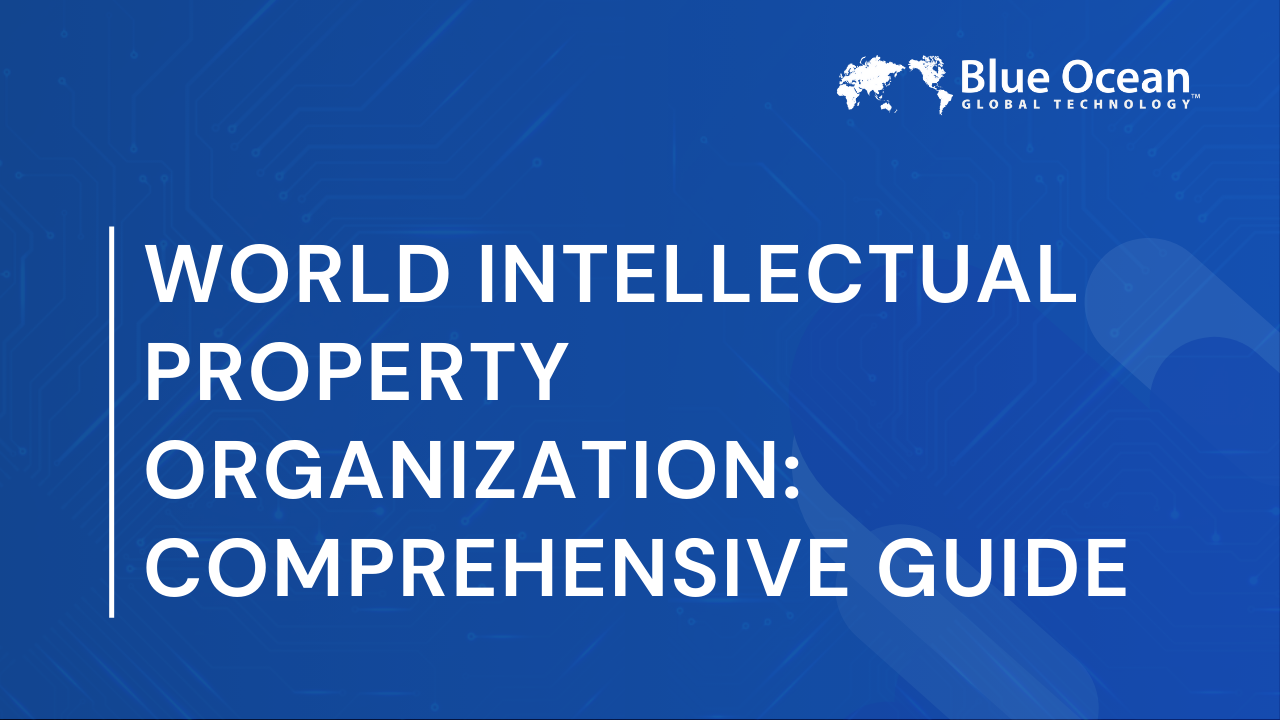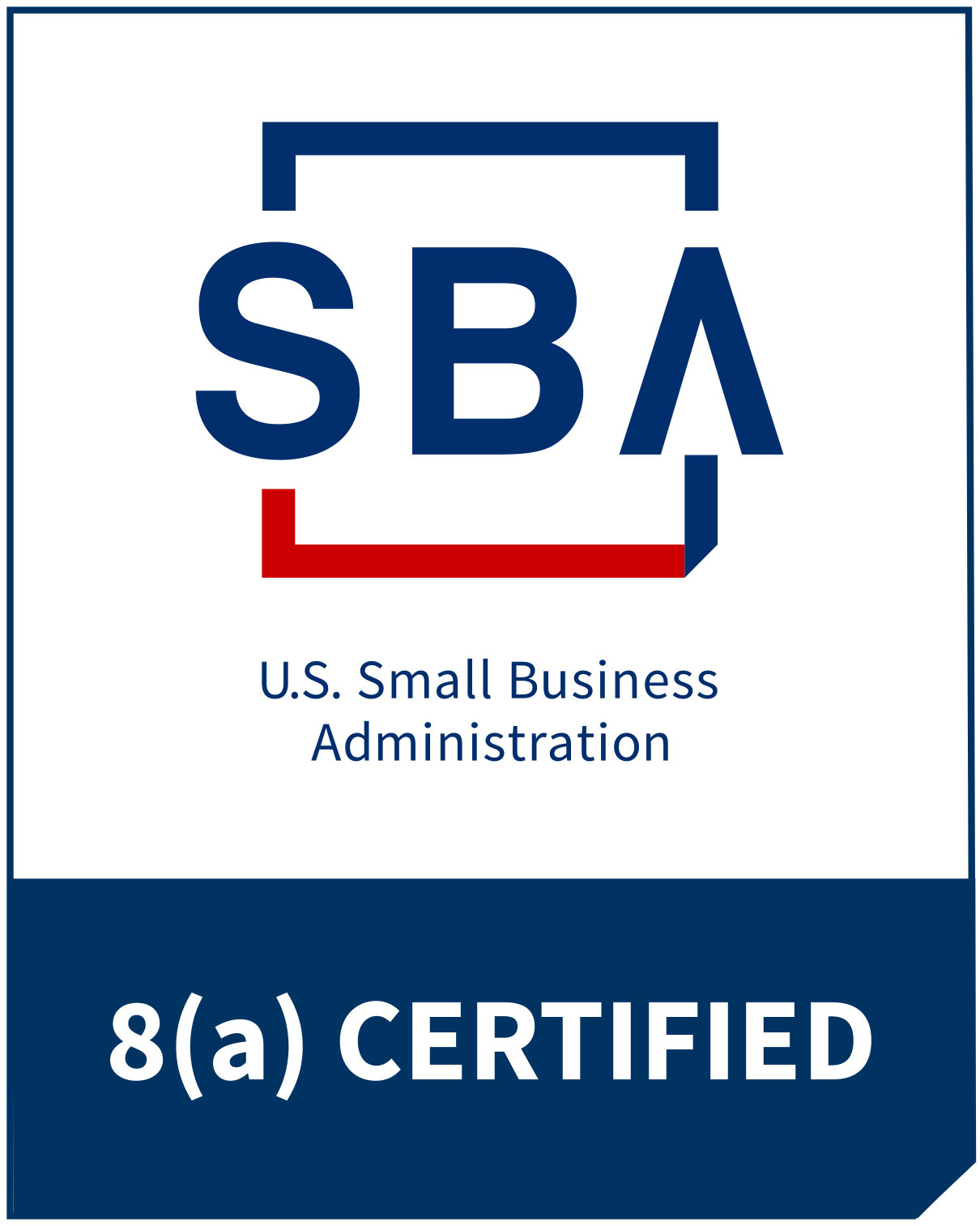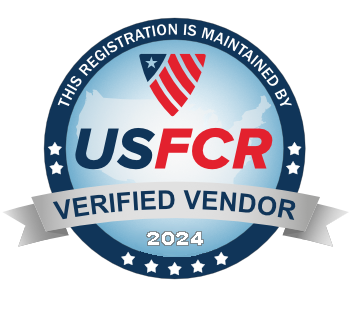Intellectual property (IP) faces constant threats in our interconnected society. The variation of IP laws across countries can make it particularly difficult to enforce intellectual property rights. Entities like the World Intellectual Property Organization exist to help enforce your rights and protect your creations from unauthorized use. Learn about the World Intellectual Property Organization’s (WIPO) ‘s structure, mission, and collaboration with the WTO in providing essential intellectual property protection worldwide
What Is the World Intellectual Property Organization (WIPO)?
The World Intellectual Property Organization is a specialized agency of the United Nations that exists to promote and protect IP worldwide. UN member states established WIPO in 1967. With its headquarters in Geneva, Switzerland, it currently includes 193 states as members.
The Role and Key Functions of WIPO
It fosters innovation and creativity by ensuring that inventors and creators can protect their IP rights on an international scale. IP rights are legal rights that protect things people create, like inventions, art, designs, and brand names. It helps inventors and creators keep control over their work so they can earn money from it and encourages new ideas and creativity
The organization provides a platform for negotiating international IP treaties and offers a unified registration system. It also helps safeguard businesses against reputation risk by offering protection against idea or product misuse. Additionally, it helps resolve conflicts that arise between parties in different countries.
Notable Treaties Administered by World Intellectual Property Organization (WIPO)
World Intellectual Property Organization (WIPO) oversees several treaties that are crucial in the international protection of intellectual property. Each agreement helps standardize national IP laws. Here are some of the key treaties WIPO administers.

The Paris Convention for the Protection of Industrial Property
The Paris Convention for the Protection of Industrial Property dates back to 1883. It provides a framework for protecting industrial property, including:
- Patents: Legal protections for new inventions, giving inventors exclusive rights to their ideas for a certain period.
- Trademarks: Signs, symbols, or brand names that identify and distinguish goods or services from others in the market
- Industrial designs: Protections for the unique appearance or design of a product, focusing on its shape, color, or material.
The convention also introduced “national treatment, which ensures that foreign nationals receive the same intellectual property protection as a country’s own citizens.
The Berne Convention for the Protection of Literary and Artistic Works
The Berne Convention was adopted in 1886 to protect literary and artistic works. Creators in all member countries enjoy protection of their works. They also do not have to fill out a separate application in each jurisdiction.
The Berne Convention offers reciprocal protection, much like a driver’s license in the United States. If you have a driver’s license in New York, all other states will recognize it as well. Similarly, if a member of the Berne Convention approves your request for protection, other states will honor the application.
The convention also introduced the concept of “moral right.” This gives creators the right to claim authorship and block any changes to their work that could harm their reputation.
The Patent Cooperation Treaty (PCT)
The Patent Cooperation Treaty was established in 1970. It simplifies the filing of patents in multiple countries.
Let us say you live in the U.S. and need to file a patent to safeguard your invention. The PCT allows you to file a single international application that all member states recognize. If the Patent Cooperation Treaty did not exist, you would have to file a separate application in each state where you needed protection.

The Madrid System for International Registration of Marks
The Madrid System allows you to register trademarks in multiple countries using a single application. The framework significantly reduces the complexity and cost of international trademark registration. At present, 131 different countries recognize the system.
The Hague System for International Registration of Industrial Designs
The Hague System enables you to register industrial designs in 97 countries using a single application. It is particularly useful for industries that rely on a unique aesthetic to differentiate their products. A few examples include automotive, consumer electronics, and fashion.
WIPO’s Role in the TRIPS Agreement
The Agreement on Trade-Related Aspects of Intellectual Property Rights (TRIPS) is a comprehensive international agreement that establishes minimum standards for IP protection and enforcement.
World Intellectual Property Organization plays a vital role in the implementation of the TRIPS agreement by providing technical assistance and capacity-building programs to help countries comply with the treaty’s requirements.
File Patents & Trademarks
Learn how WIPO simplifies the process of securing IP protection in several countries with one application.
Collaboration With the World Trade Organization (WTO)
The World Intellectual Property Organization works with the WTO to ensure that intellectual property rights are respected and enforced in international trade. Together, the two entities help create and maintain a level playing field in the global market.
Intellectual Property Protection and Enforcement
Intellectual property protection and rights enforcement activities are critical for defending businesses from IP violations. Such violations are becoming increasingly difficult to stop due to the rise of cyber extortion and theft activities. Cyber extortion occurs when a person or entity illegally accesses sensitive data for financial gain. Cyber extortion can constitute hacking, stealing and creating a knock-off product. World Intellectual Property Organization (WIPO)helps countries strengthen their IP protection and enforcement mechanisms. It reduces inventors’ and creatives’ exposure to extortion. The organization also offers training and resources to national intellectual property offices, law enforcement agencies, and judiciary bodies.

Challenges WIPO Faces
The World Intellectual Property Organization faces numerous barriers. The disparity in IP laws and enforcement practices across member nations represents the agency’s biggest challenge. Differences in legal systems and cultural attitudes toward IP can create obstacles for the World Intellectual Property Organization.
The rapid pace of technological change presents new challenges in areas such as digital copyright and artificial intelligence. It must continually adapt and innovate to keep pace with these shifts.
WIPO’s Impact on the Global Intellectual Property Landscape
The World Intellectual Property Organization plays a crucial role in protecting IP globally. However, the mere existence of the WIPO does not ensure that intellectual property rights will be respected.
It is vital to leverage the mechanisms implemented by WIPO to seek a swift resolution if you’re facing a rights dispute. You should also connect with a strategic consulting firm to obtain guidance regarding how best to protect your intellectual property.
Frequently Asked Questions
1.What does WIPO do?
It provides a range of services to help protect intellectual property. It can assist creatives in filing for patents, trademarks, and industrial designs. The organization also offers dispute resolution services.
2. How can WIPO help me?
You can use the WIPO‘s international filing systems to protect your intellectual property.
For example, you could file a single international patent application under the PCT that all member countries would recognize. The Madrid System allows you to register a trademark in multiple countries with one application, and the Hague System extends the same protection as industrial design registrations.
3. What’s the difference between WIPO and the World Trade Organization (WTO)?
Regarding intellectual property, the WTO deals with international trade regulations, including the Agreement on Trade-Related Aspects of Intellectual Property Rights (TRIPS). WIPO works with the WTO to help match IP laws and global trade practices.
Need Help with IP Protection?
Get expert guidance on how to protect your intellectual property globally through WIPO’s services.














Comments are closed.